When and how to fertilize tulips – professionals reveal the best methods to encourage future flowering
Providing the right care for your tulips is crucial for blooms to return next year
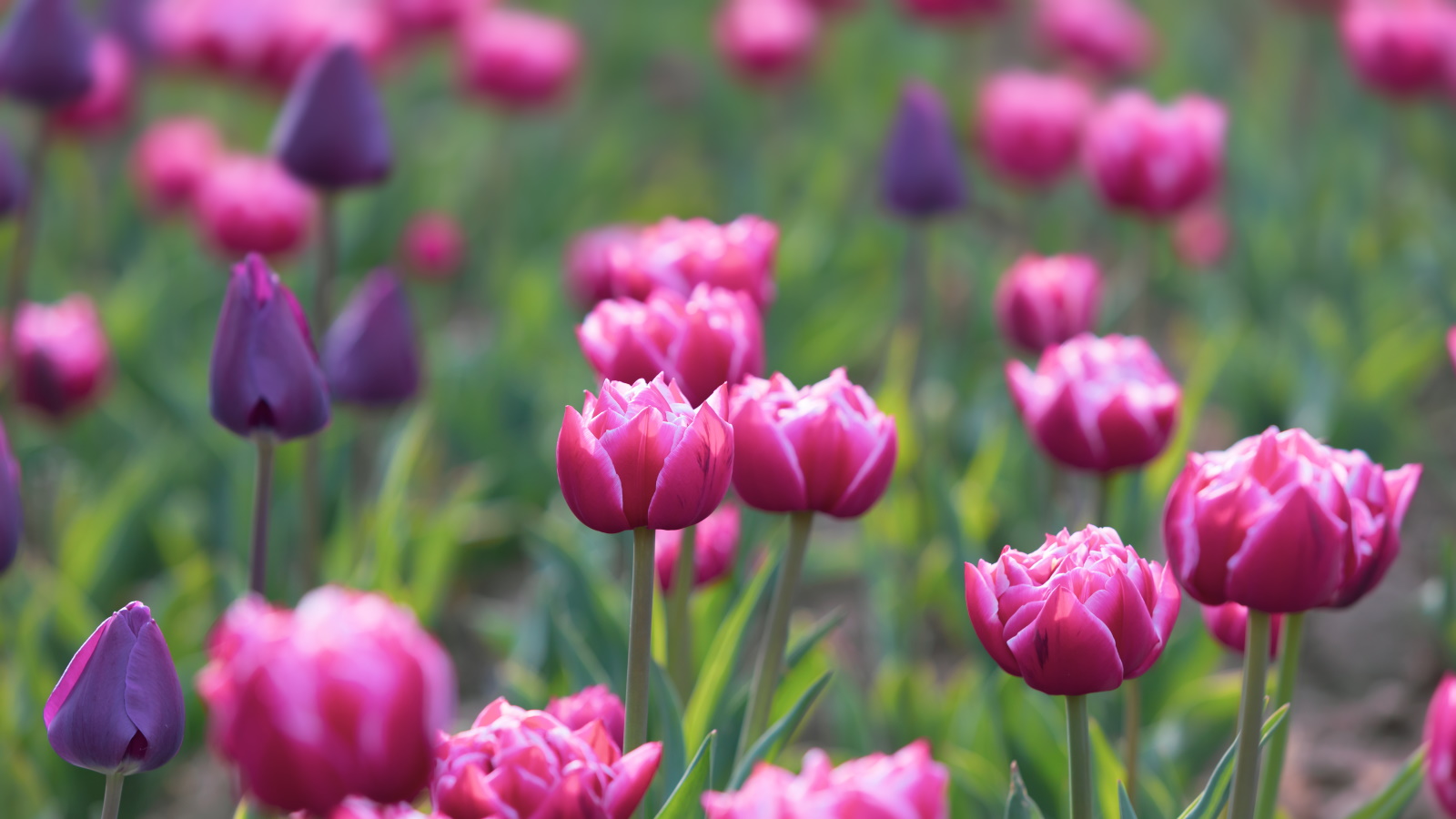

Tulips are one of the most popular flowering spring bulbs, marking the return of spring and illuminating backyard borders with their brilliant, vibrant blooms.
Different gardeners will have different approaches to tulip care. Some will treat bulbs as annuals and dispose of them. Diligent gardeners might lift and store bulbs for the summer months. And some might leave tulip bulbs in the ground or pots and hope for the best. I confess I find myself in the last group, leaving much to chance or fate in the garden.
What to do with tulips after they bloom is up to you and all of these approaches have merit. Whether you lift or leave your tulip bulbs, however, one gardening job I recommend all gardeners do is fertilizing tulips. While there is no guarantee of future blooming, feeding in the spring and fall can certainly help to give your tulips the best possible chance of floral success next year. So, why not add this quick and simple job to your gardening to-do list?
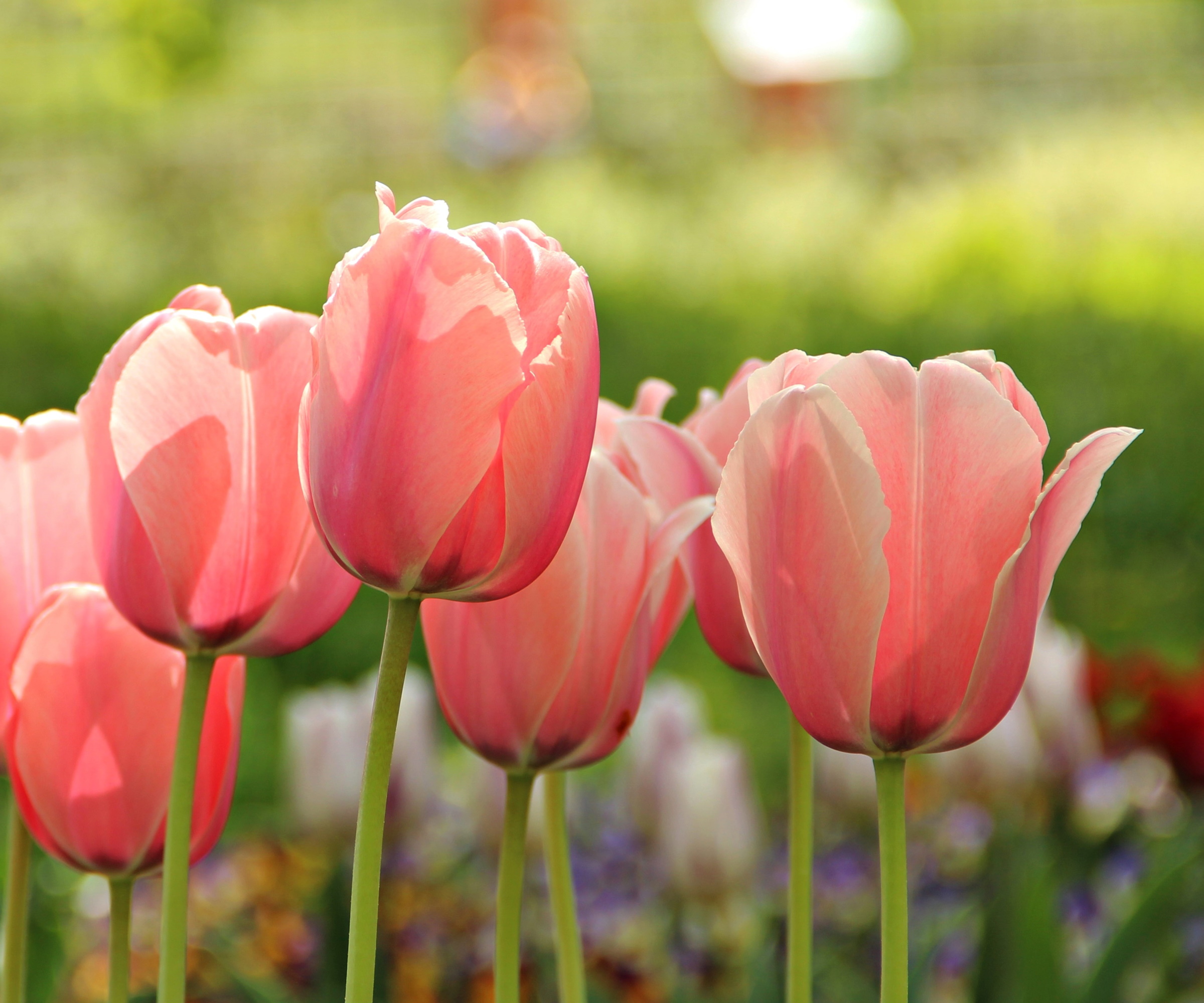
When and how to fertilize tulips
Spring bulbs require feeding much like other perennials and shrubs in the backyard. Fertilizing your tulips is a quick gardening job to do, and can help to boost blooming the following year. Here, a gardening and bulb expert shares top tips and advice for when and how to fertilize tulips.
When is the right time to fertilize tulips
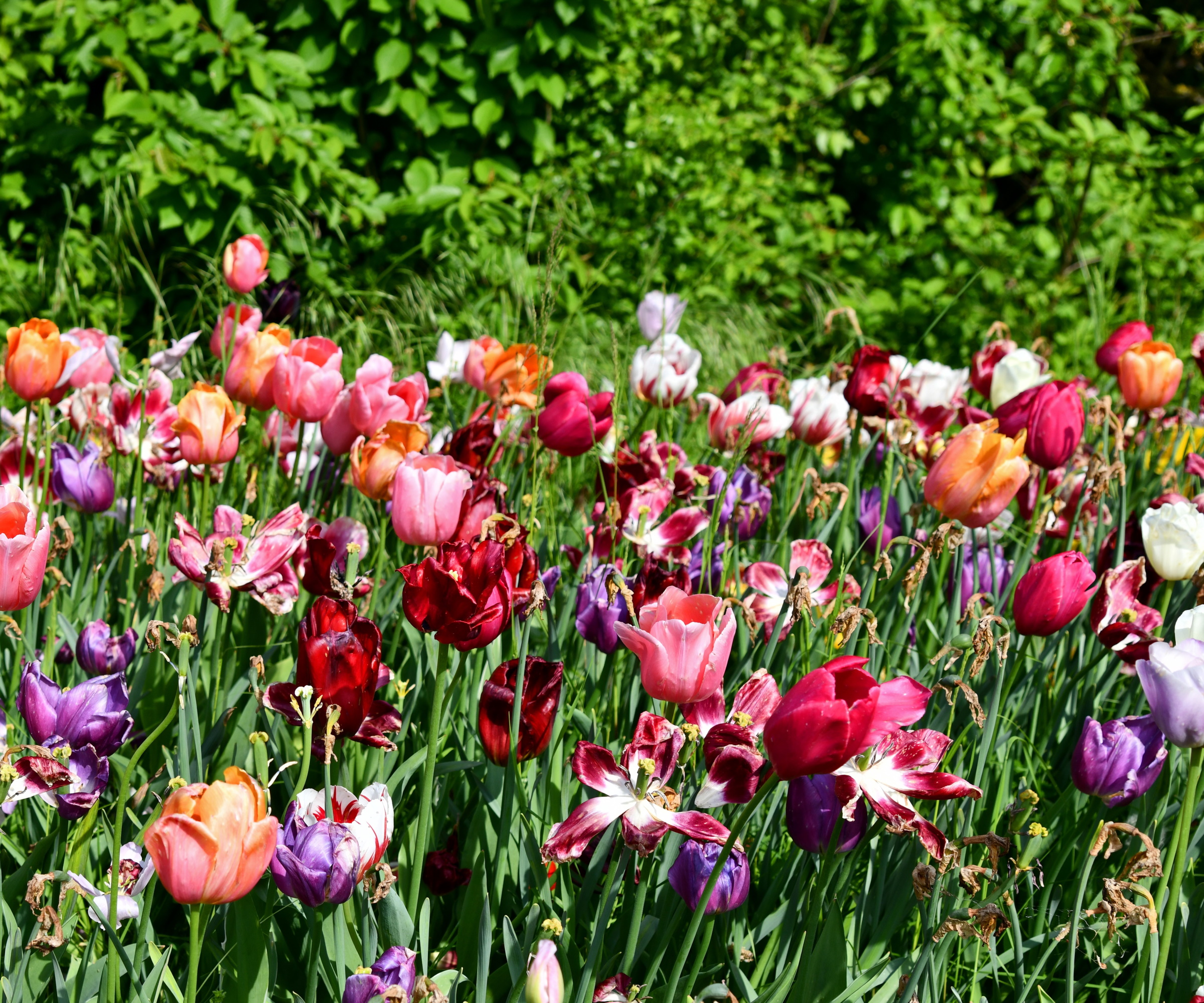
'Fertilizing tulips is an important part of tulip care needed to keep your bulbs healthy and prolific for multiple seasons,' says bulb expert Katie Sunderlage. 'Fertilizing can be done in spring and again in fall, so it is a good idea to add a reminder on your spring gardening checklist to make sure you complete this crucial job.'
In the spring, it is a good idea to fertilize 'when you notice new foliage shoots starting to emerge from the soil,' Katie continues. Whether you keep your tulips in pots or planted in the ground, fertilizing at the time when you see new growth emerging will help to improve soil health and give your bulbs a boost for the growing season ahead. There are many different feeding options and products, discussed in the next section, but the approach that you select will determine fertilizer application and frequency.
In the fall, it is advisable to fertilize the ground where your tulips are planted. While you won't see any foliage, below ground the bulbs will begin to send out roots and prepare to grow through the winter. Many gardeners find it helpful to make a note of where tulips are planted, whether in a pocket notebook or using markers in the backyard.

Operations Manager at Holland Group, managing the customer service department and purchasing. Katie has been in the green industry since 2005 in the Greater Milwaukee area, earning her degree in Horticulture in 2008. She has been able to share her love for plants working in multiple garden centers, in sales positions and most recently in an online retail platform at Holland Group.
How to fertilize tulips in spring
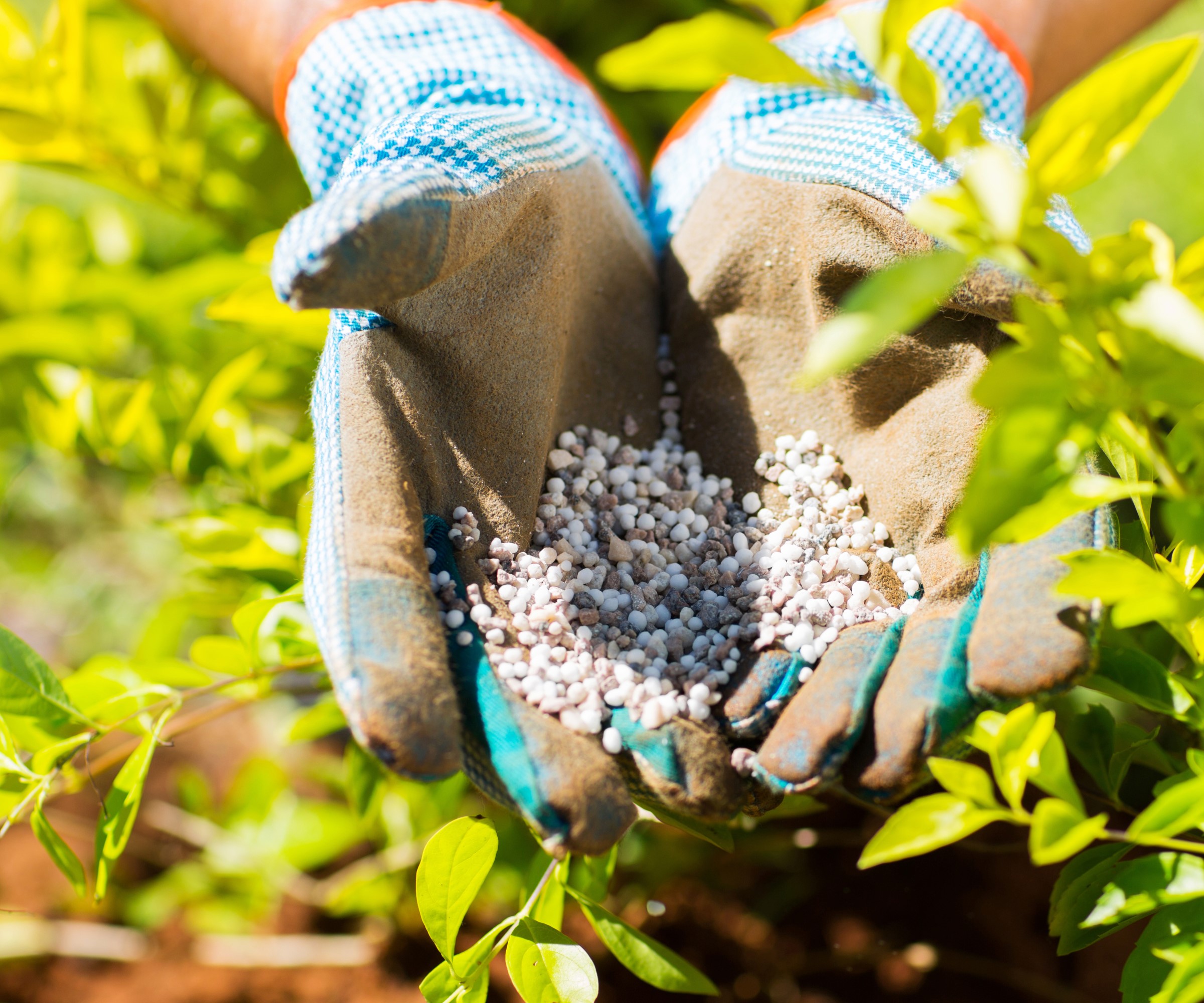
It is best to apply fertilizer in late winter or early spring as soon as new shoots emerge. During March and April, regularly check your pots and flower beds to inspect for signs of new growth. For gardeners caring for their tulips and wondering when to fertilize daffodils, it is a good idea to feed these spring bulbs too.
'Since slow-release fertilizers are recommended for all tulip types, it isn’t necessary to fertilize more than once until fall if you opt to use slow-release granules,' Katie adds.
If you prefer to use a soluble feed, consider using a potassium-rich liquid fertilizer, like tomato feed, and fertilize weekly through the growing season until the tulip foliage begins to yellow. Always remember to dilute fertilizer sufficiently, following the instructions on the packaging.
This is only necessary for tulips planted in the ground, not for those tulips planted in pots back in the fall. 'When planting tulips in a container, choosing high quality, nutrient-rich potting soil is important,' Katie adds, 'as doing so will improve the overall health and vitality of the bulb, and remove the need to fertilize in spring.'
If you decide to use a slow-release feed, Katie recommends using a 'slow-release fertilizer with a 10-10-10 or 10-15-10 formulation.' There are many options available from garden stores, such as this balanced plant fertilizer from Walmart.
'Lightly rake the top layer of soil, being careful not to damage emerging tulips, and disperse the fertilizer as indicated on the packaging,' Katie says. 'If using a water-soluble fertilizer, simply water thoroughly, and if using a granular fertilizer, sprinkle the fertilizer as directed on the top layer and water in thoroughly.'
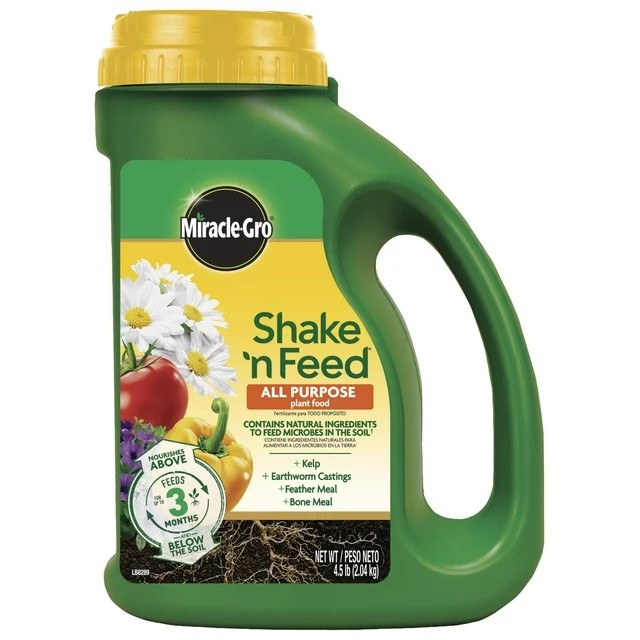
This fertilizer is specially formulated to help grow bigger, more beautiful flowers and more prolific vegetable plants. It contains vital micronutrients, plus added natural ingredients, to nourish the plant above and below the soil. Formulated with kelp, earthworm castings, feather meal, and bone meal in an all-in-one particle to feed microbes in the soil.
How to fertilize tulips in fall
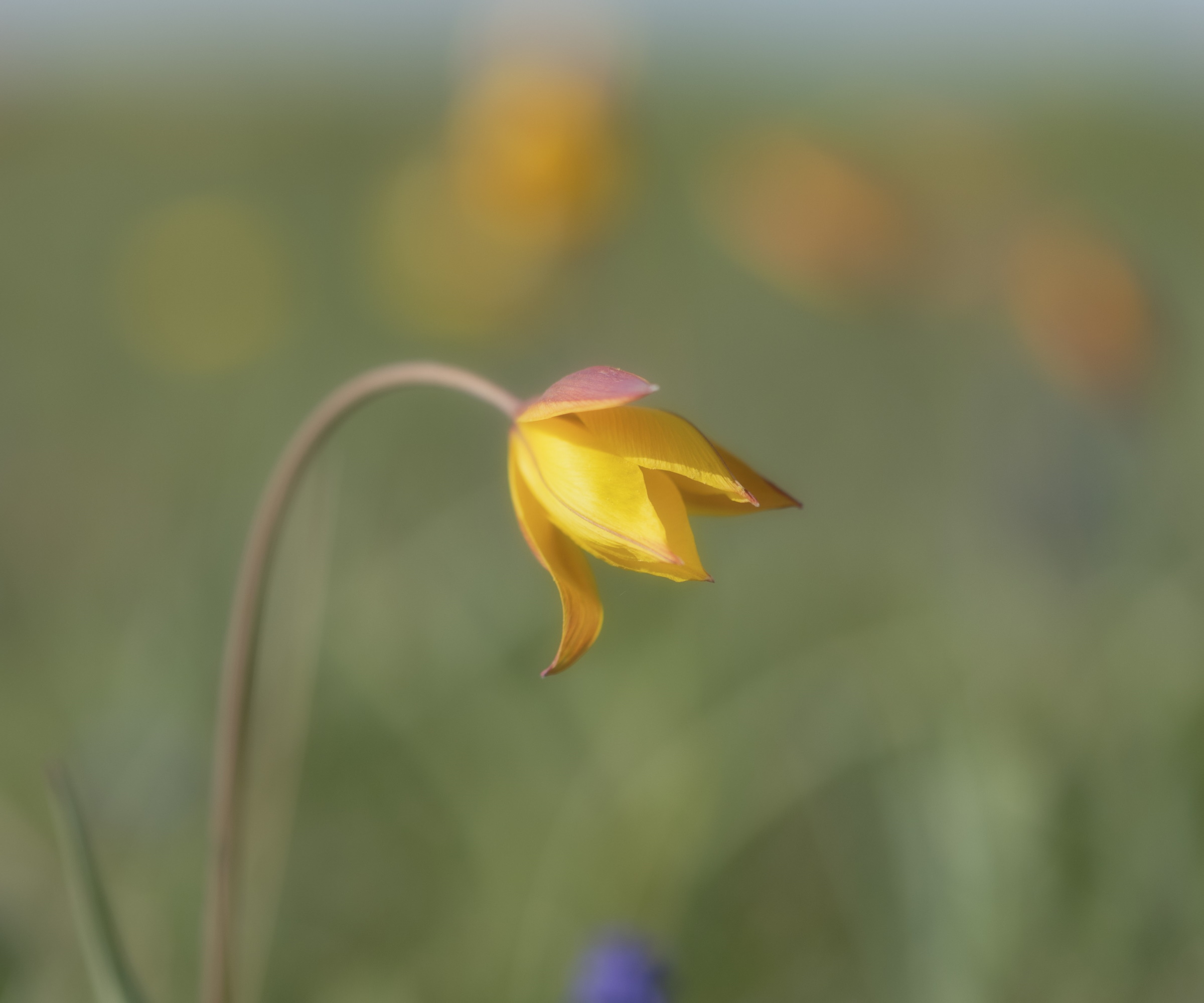
'It is always a good idea to mix in organic matter when planting bulbs in fall to help add nutrients and assist with soil aeration to prevent the bulbs from rotting,' Katie says. 'Organic matter is also important to cultivate into the top couple of inches of soil for established tulip beds.'
In the fall, you can use the same slow-release fertilizer as used in spring. It is best to lightly rake the ground where the tulip bulbs are planted, combining the fertilizer granules with the soil.
'When planting new bulbs for the first time in the fall, I also recommend adding bone meal,' Katie says. 'Bone meal is the perfect way to add needed phosphorus and calcium to the soil to help promote strong roots and healthy growth in spring.'
'Bone meal generally comes in a powder or granular form,' Katie says. 'When planting new bulbs in the fall, dig the hole to the appropriate depth and loosen the soil, sprinkling a small amount of bone meal in the bottom of the hole.'
Bone meal is available from Walmart.
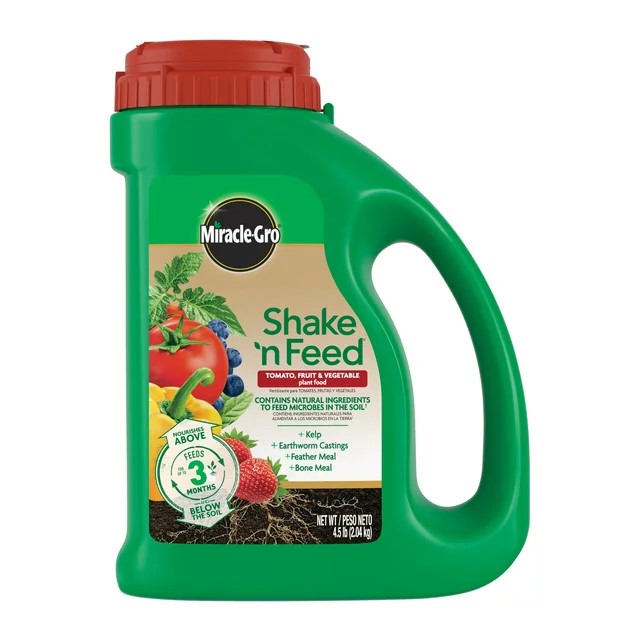
This tomato plant food contains kelp, earthworm castings, feather meal, and bone meal in an all-in-one particle. It can conveniently be used on all plants, both in ground and in containers with continuous release nitrogen providing nutrients to feed for up to 3 months. To use simply shake evenly, work into the soil, then water to start feeding.
FAQs
Should you fertilize tulips in pots?
Fertilizer is not needed for tulips planted in containers. When planting tulips in pots in the fall, make sure to use a nutrient-rich potting soil mixture. This will help improve the overall health and vitality of the bulb, and remove the need for feeding your tulips in the spring.
Tulips planted in containers tend to last for only one or two seasons, so consider lifting your container tulips in the summer after they bloom, storing them, and replanting them in the ground in the fall. This will give them the best chance to bloom again.
Fertilizing your spring bulbs is an important gardening task. Feeding tulips will help to give your bulbs a boost and encourage them to rebloom the following year.
If you are enjoying the tulips in your backyard, consider snipping a few stems for a vase indoors. These beautiful spring blooms can be admired up close inside, and fear not, our guide on how to care for tulips in a vase will help to keep these flowers looking good for as long as possible.
Sign up to the Homes & Gardens newsletter
Design expertise in your inbox – from inspiring decorating ideas and beautiful celebrity homes to practical gardening advice and shopping round-ups.

Thomas is a Content Editor within the Gardens Team at Homes and Gardens. He has worked as a professional gardener for both public spaces and private estates, specializing in productive gardening, growing food and flowers. Trained in Horticulture at the Garden Museum, he has written on gardening and garden history for various publications, including The English Garden, Gardens Illustrated, Hortus, The London Gardener and Bloom. He has co-authored a Lonely Planet travel book, The Tree Atlas, due out in 2024.
-
 Stripes move over, I have surprised myself by deciding to decorate with dots instead – and designers agree they can be far more sophisticated than you might think
Stripes move over, I have surprised myself by deciding to decorate with dots instead – and designers agree they can be far more sophisticated than you might thinkThey might be known for their playfulness, but I've seen a whole new sophisticated side of this whimsical print
By Eleanor Richardson
-
 Isabella Rossellini's European-designed chef's knives are currently $65 off – and these luxury cooking tools have been around for over 200 years
Isabella Rossellini's European-designed chef's knives are currently $65 off – and these luxury cooking tools have been around for over 200 yearsThese stunning German-made knives have a rich history, including being used in the Conclave actress's kitchen – and they're now on sale at Wayfair
By Sophie Edwards